EPA's Tribal Support For Radiation Protection
The Environmental Protection Agency (EPA) can provide support to Tribal Governments, in protecting people from radiation resulting from the human use of radioactive elements, in various ways as shown below. To learn more about radiation health effects and why it is important to protect people from radiation, go to Radiation Health Effects.
On this page:
- Emergency Response: Preparing For and Responding To Attacks or Accidents
- Long Term Clean-up: Mining and Waste Management
- Radiation Found in Nature: Radon and Radiation Monitoring
- Additional Tribal Contacts
Emergency Response: Preparing For and Responding To Attacks or Accidents

While the chance of a nuclear incident is low, the damage from it could be high. Being prepared can save lives and protect people from increased cancer risk. Any emergency response starts at the local level, and EPA and other federal agencies can provide support with radiation expertise and resources upon request.
EPA’s Radiological Emergency Response Team (RERT) prepares for and provides support in responding to radiological emergencies.
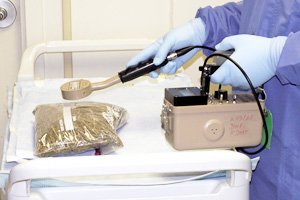
Support EPA Can Provide
- Assessment & Monitoring
- Data Collection and Analysis
- Protective Action Advice
- Advising for Containment, Cleanup, Restoration and Recovery
- Communications: Response through Recovery
Contacts
- Reporting an Emergency
- National Response Center (NRC) is the designated federal point of contact for reporting all oil, chemical, radiological, biological and etiological discharges into the environment. Staffed 24/7 Call: (800) 424-8802
- Radiation Health Concerns
- Radiation Emergency Assistance Center/Training Site (REAC/TS): 24/7 response capability for medical advice and consultation on radiological emergencies. General Information: 865-576-3131 | After-hours number: 865-576-1005 (ask for REAC/TS)
- Indian Health Service: An agency responsible for providing federal health services to American Indians and Alaska Natives.
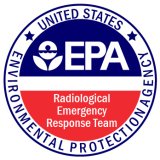
Learn More
- Emergency Response Special Teams
- EPA’s Radiological Emergency Response Team (RERT): An EPA multi-disciplinary special team that prepares for and provides support in responding to radiological emergencies.
- Advisory Team for Environment, Food and Health (A-Team): A multi-agency team comprised of EPA, the U.S. Department of Agriculture (USDA), the U.S. Food and Drug Administration (FDA), and the Centers for Disease Control and Prevention (CDC).
- Federal Radiological Monitoring and Assessment Center (FRMAC): A federal asset available upon request to respond to radiological incidents.
-
Radiation Response Resources
-
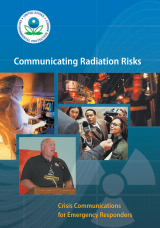
- Free Emergency Response Training:
- Incident Data:
- CBRNResponder is a tool you can sign up for that can be used for incident data sharing between response partners.
- Network for Radiation Protection:
- Stay up to date with radiation protection concerns by joining the Conference of Radiation Control Program Directors, Inc. (CRCPD)
- Infographics, videos and pre-scripted messaging.
-
- Response Authorities
- National Response Framework (NRF): The NRF establishes a single, comprehensive approach to domestic incident management.
- Nuclear/Radiological Incident Annex (NRIA): The NRIA describes the policies, situations, and responsibilities of the federal agencies for incidents involving the release of radioactive materials.
Long Term Clean-up: Mining and Waste Management
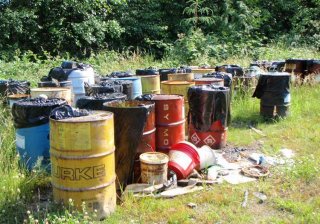
For the types of radiation release that need long-term cleanup or containment, there are usually designated groups to support the effort, be it a Tribal, local or state group or a federal department. Tribal governments can work with their regional EPA partners to report an incident and receive support.
Support EPA Can Provide
- Assessment & Monitoring
- Data Collection
- Advising for Containment, Cleanup, Restoration and Recovery
Contacts
- Regional EPA
- To discuss a specific site, reach out to your EPA regional radiation representative on the Regional Radiation Contacts page.
- Superfund Resources
- Superfund Community Involvement is a community involvement initiative for Superfund cleanups.
- In addition, you can reach out to EPA staff in the regions at EPA Regional Superfund Community Involvement Contacts.
- Tribal Superfund Working Group is a network of Tribal professionals, other experts, and government employees that are engaged in work with Superfund sites.
Radiation Found in Nature: Radon and Radiation Monitoring
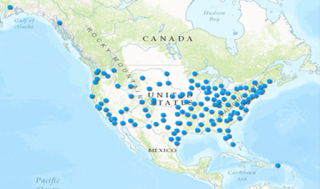
Radioactive materials are all around us. Radiation in the earth is called terrestrial radiation. Radon is an example of a naturally occurring radioactive material from the earth. EPA provides information on how to protect against indoor radon to prevent health effects like lung cancer. There are simple steps people can take to protect themselves from radon, such as getting the house tested for radon. There are grants and educational resources that can help Tribal governments take action. In addition to radon, EPA also monitors other radiation found in nature, which is known as background radiation. EPA collects near-real-time measurements of radiation across the country with a monitoring system called RadNet, which is publicly available.
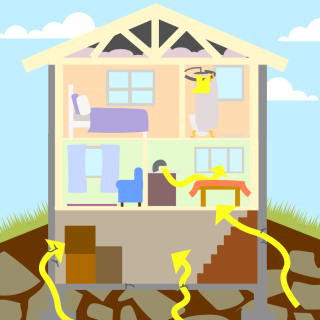
Support EPA Can Provide
- Monitoring and Data Support
- Indoor Radon Protection Guidance
Contacts
- Regional Contacts
- Regional radon contacts can be found at the EPA Regional Office and State Indoor Air Quality Information page. You can also reach out to Radon Hotlines and Information Resources for additional resources and information.
- Contact EPA about radiation monitoring at Contact Us About RadNet.
- Radon and RadNet Resources
- Find information about how tribes can apply for funding for radon-related health programs, visit State and Tribal Indoor Radon Grants (SIRG) Program and Resources.
- EPA's Radon Site.
- EPA's RadNet Site.
Additional Tribal Contacts at EPA
- EPA Tribal Program Managers: Contact people in EPA who work with Tribal governments in specific programs.
- Get in contact with the Regional Indian Coordinator (RICs) and Headquarters Indian Coordinators (HICs), as well as the American Indian Environmental Office (AIEO)
- Tribal Air Monitoring Support Center (TAMS): Request air monitoring support, including radiation monitoring.
- Visit the Tribal Air Coordinators (TACs) site to find contacts for EPA Officials in Headquarters and Regional Offices specifically trained on Tribal air quality issues, including radon.
